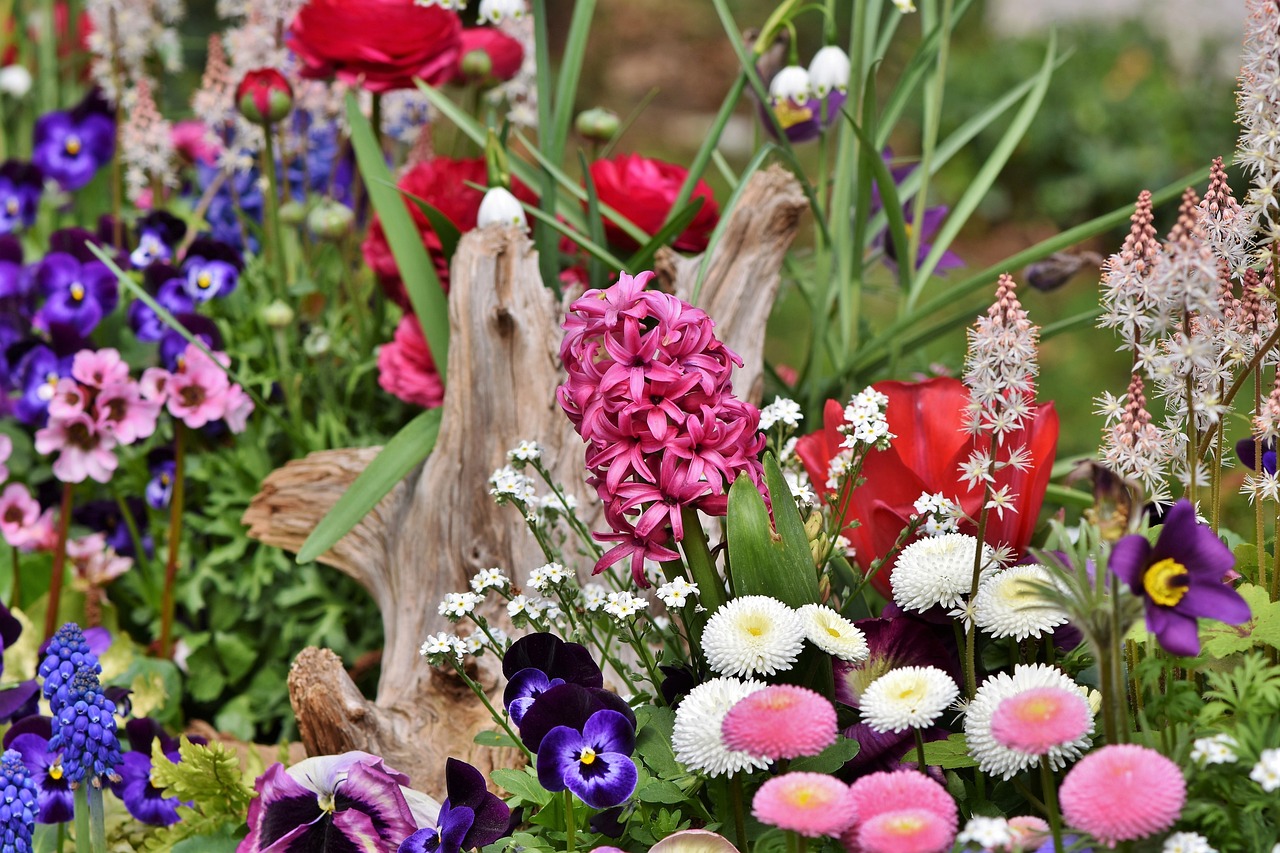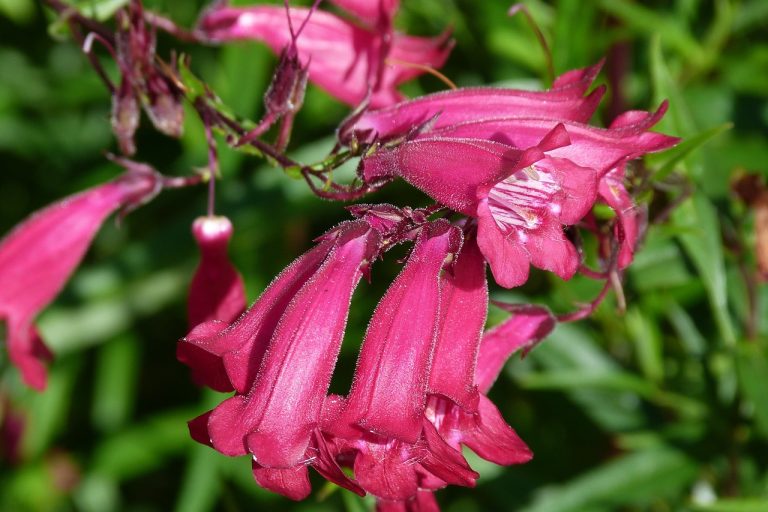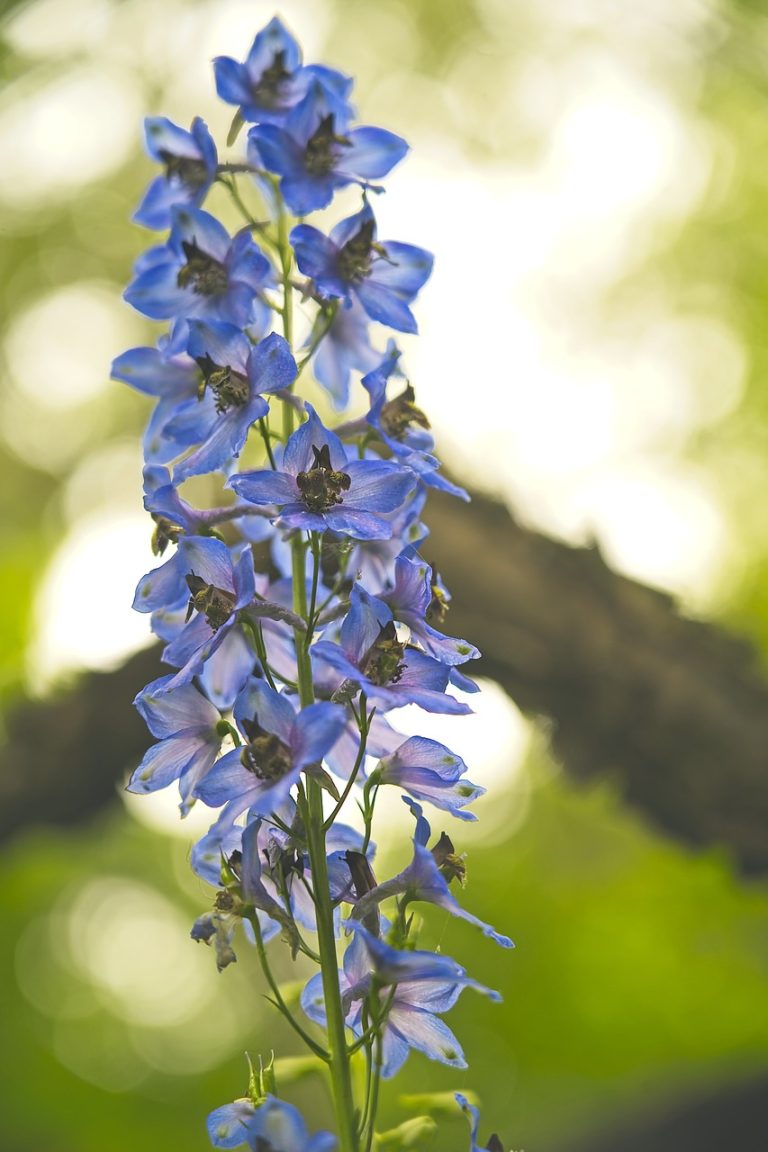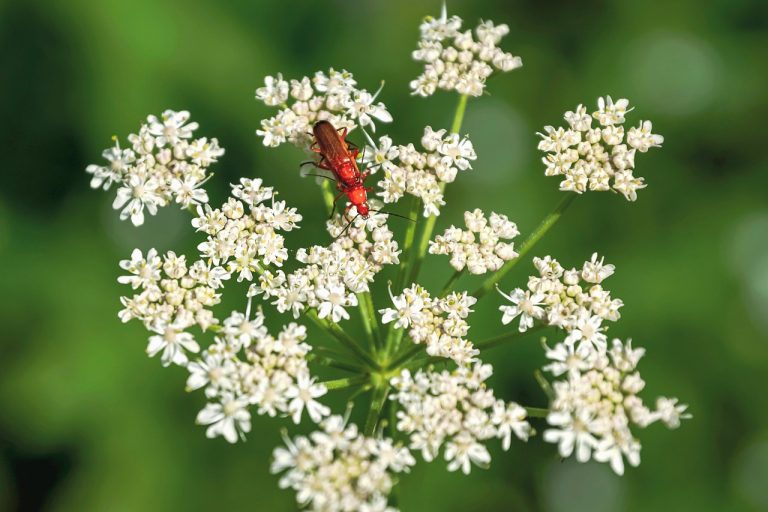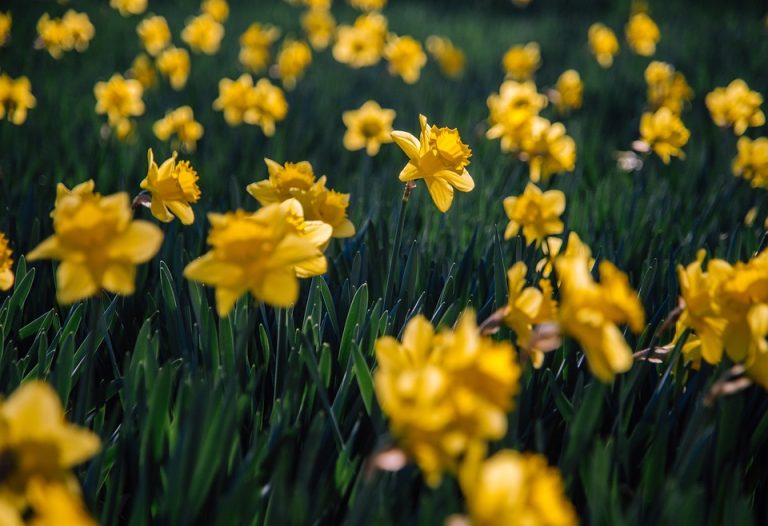HOW DEEP SHOULD A FLOWER BED BE (6 AMAZING FACTS)
Delving into the world of gardening often leads to the fascinating question: “How deep should a flower bed be?” It’s a query that holds the key to nurturing a thriving garden paradise. Discovering the perfect depth for your flower bed isn’t just about aesthetics; it’s a profound exploration into the very foundation of flourishing botanical life. Join this journey as we unearth the secrets behind the optimal depth for your blossoming haven.
HOW DEEP SHOULD A FLOWER BED BE?
When determining the depth of a flower bed, it primarily depends on the type of plants you’re intending to grow. For most annual flowers, a depth of 6-8 inches suffices, while perennials might thrive in 12-18 inch deep beds. Shrubs and vegetables, however, usually require deeper beds, ranging from 18 inches to 2 feet, allowing ample space for their root systems to establish.
Understanding the ideal depth for your flower bed is essential. Annual flowers generally prefer shallower beds, around 6-8 inches, whereas perennials might need a bit more depth, approximately 12-18 inches. For shrubs and vegetables, consider beds that range from 18 inches to 2 feet for optimal growth.
Factors like soil type, plant varieties, and climate play crucial roles. Annuals typically need shallower beds, approximately 6-8 inches, while perennials thrive in beds around 12-18 inches deep. Deeper beds, spanning 18 inches to 2 feet, accommodate shrubs and vegetables better due to their extensive root systems.
FACTORS DETERMINING FLOWER BED DEPTH
SOIL TYPE AND QUALITY
The type and quality of soil play a pivotal role in deciding the depth of a flower bed. Sandy soil requires a different depth compared to loamy or clayey soil due to differences in drainage and nutrient retention.
TYPES OF PLANTS
Different plants have varying root systems. Understanding the root depth and spread of the plants you intend to grow helps in setting the ideal depth for the flower bed.
CLIMATE CONSIDERATIONS
Climate, particularly rainfall and temperature variations, influences how deeply roots need to establish themselves to survive and thrive.
IDEAL DEPTH FOR DIFFERENT PLANT TYPES
ANNUAL FLOWERS
Annual flowers generally have shallow root systems, often thriving in flower beds that are around 6-8 inches deep.
PERENNIALS
Perennials, which come back year after year, often require slightly deeper beds, typically around 12-18 inches, allowing their roots to establish more robustly.
SHRUBS
Shrubs generally demand deeper beds, ranging from 18 inches to 2 feet, as they tend to have extensive root systems that require ample space.
VEGETABLES
Vegetable gardens typically need a minimum depth of 12 inches, ensuring enough space for root development and nutrient uptake.
METHODS TO DETERMINE DEPTH
ROOT SYSTEM ANALYSIS
Understanding the root system of the plants you wish to grow is crucial. Researching or consulting gardening guides that detail root depths can aid in determining the appropriate depth.
WATER RETENTION CONSIDERATION
Deeper beds help in retaining moisture, especially in drier climates, ensuring the plants have adequate water access.
PLANTING RECOMMENDATIONS
Following specific planting recommendations provided by nurseries or seed packets can guide you in setting the right depth for your flower beds.
COMMON MISTAKES IN FLOWER BED DEPTH
One common mistake is creating beds that are too shallow for the intended plants, restricting their growth and leading to stunted or unhealthy plants. Conversely, excessively deep beds can cause waterlogging and root rot.
BENEFITS OF PROPER FLOWER BED DEPTH
Adequate depth promotes healthy root growth, enhances nutrient absorption, and provides better stability to plants, leading to vibrant and flourishing gardens.
MAINTENANCE TIPS FOR DIFFERENT DEPTHS
Regularly checking soil moisture, proper mulching, and periodic fertilization are essential for maintaining flower beds of various depths.
Frequently Asked Questions (FAQ) about “How Deep Should a Flower Bed Be”
What factors determine the ideal depth for a flower bed?
Soil type, plant varieties, and local climate significantly influence the depth needed.
Are there universal depth guidelines for all plants?
No, different plants have varying root depths, necessitating different bed depths.
How deep should a flower bed be for annual flowers?
Generally, 6-8 inches deep is suitable for most annual flowers.
What about perennial plants’ ideal bed depth?
Perennials thrive in beds about 12-18 inches deep.
Should shrubs have deeper beds compared to other plants?
Yes, shrubs typically require beds ranging from 18 inches to 2 feet for robust growth.
Do vegetable gardens need specific bed depths?
Yes, vegetables often do well in beds around 12 inches deep, offering ample space for roots.
Can I use the same depth for all plants in my garden?
It’s advisable to adjust bed depths according to the specific needs of each plant variety.
What happens if a flower bed is too shallow?
Shallow beds can restrict root growth, impacting the health and vigor of the plants.
Is deeper always better for flower beds?
Excessively deep beds can cause issues like waterlogging, so optimal depth is crucial.
Should I consider local climate when determining bed depth?
Yes, varying climates influence the ideal depth, so it’s essential to factor in local conditions.
CONCLUSION
In the intricate tapestry of gardening, the depth of a flower bed emerges as a pivotal thread, weaving vitality and health into the fabric of your botanical haven. Discovering the perfect depth isn’t just about measurements; it’s about understanding the nuanced needs of each plant, harmonizing with the soil, and dancing in sync with the local climate. As you dig into the world of flower bed depths, remember that it’s a canvas for creativity and nurturing, where the roots of your garden’s success take hold. With the right depth, you’ve laid the groundwork for a flourishing garden, inviting nature’s beauty to bloom and thrive.

